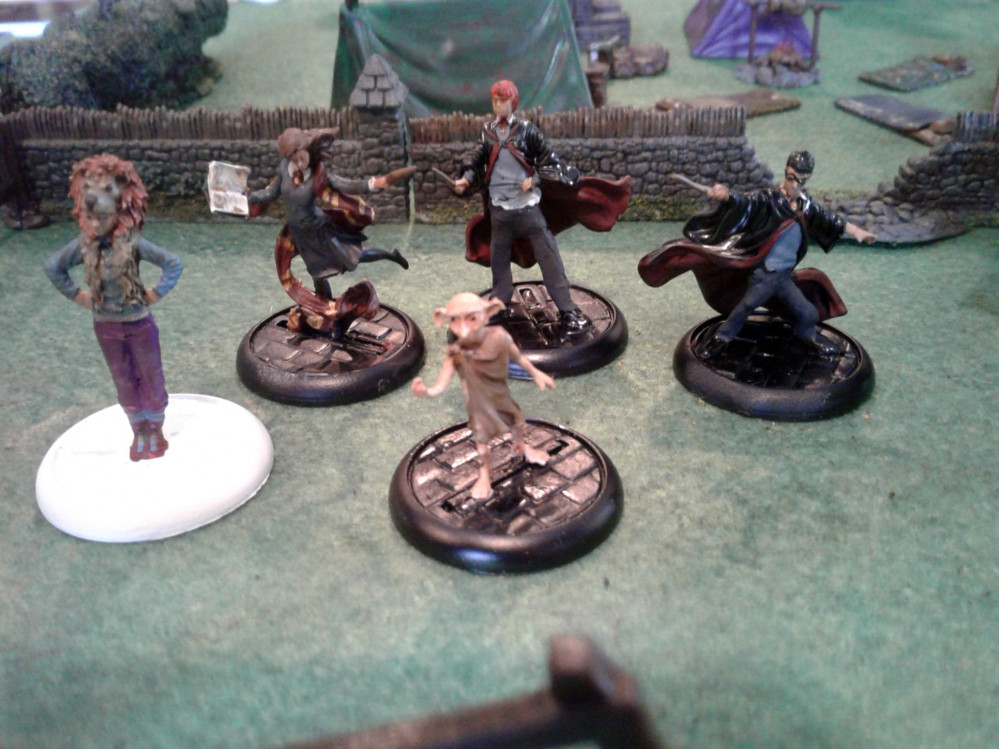
Harry Potter - Board to Tabletop
Game in action
The Hogwarts side (played by my daughter) consisted of Harry, Ron, Hermione, Luna and Dobby. The Death Eater side had Draco, Crabbe, Goyle, Pansy Parkinson, two Death Eaters and an acromantula. Harry and Hermione cost a few points more than the Slytherin students, but have an extra spell slot and better casting ability and defense from traits or special rules. Dobby was interesting as an Elf-type. Has an innate magical strike attack, but can also take a single spell that does not need to roll for success. My daughter chose Apparition which proved to be a good pick on several occasions.
Both sides split into two groups and made good use of cover as they closed on objectives. Objectives are scored by getting enough models with a cumulative total in one of the traits within proximity to a marker. We placed 3 markers at the beginning of the game and the cards can generate further markers.
Dice tests for attack and defense were used straight from the board game – 3 dice, 3+ tests with auto successes added based on each character’s magical mastery or defense. Sixes (Deathly Hallows) explode for more rolls. Hermione was an early target and it took focused effort to knock her out (good defense plus innate Counterspell kept her going). Each model can take 4 levels of damage with detrimental effects for each level gained.
Harry, Dobby and Luna held their own until Dobby ultimately fell (Dobby!). Ron held out until nearly the end before succumbing along with all but a Death Eater and Draco from the other side.
All in all, the game converts easily to the tabletop without too much tweaking. The use of the different card decks in the game might stand to be trimmed – probably dropping the Quest deck altogether which generates objectives and random scoring events during play. The Event deck flips a card at the start of each round with interesting effects. The Adventure deck normally lays out a shared group of 3 cards each round either player can use. This becomes a little awkward on a larger tabletop so we switched it to a hand of three cards for each player (replenished each round). Each card has a choice of two effects on them. I found these worked well, though I might go through and cull a few cards that don’t fit.
Visually, playing on the tabletop really brings the game to life and fixed what I found to be the greatest drawback of the board version. Many ideas spring to mind for terrain to place these great looking minis in better surroundings.





























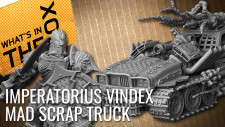


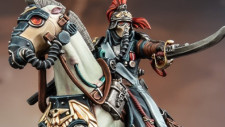
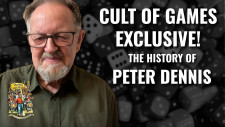
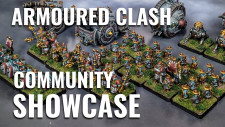






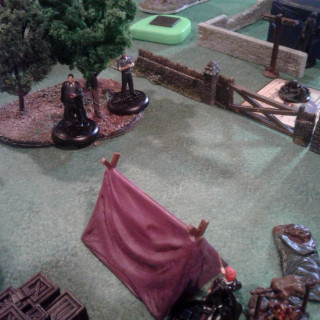
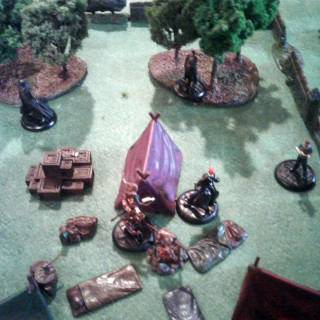

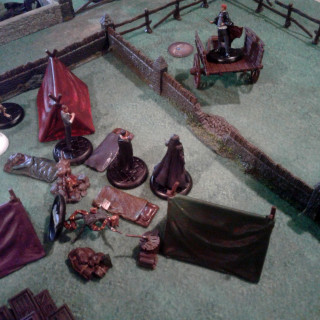
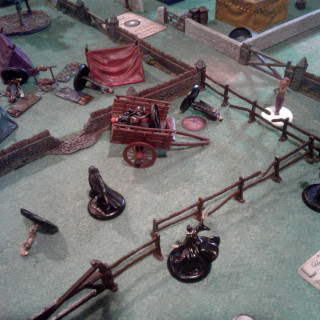


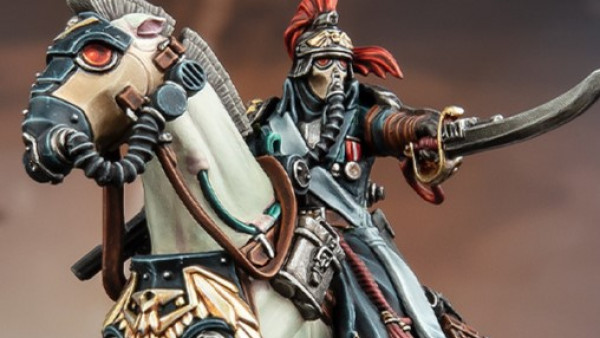
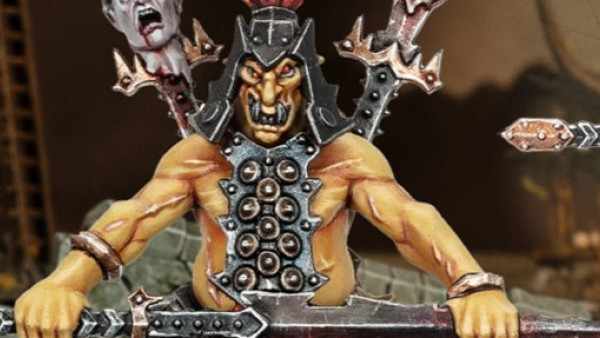
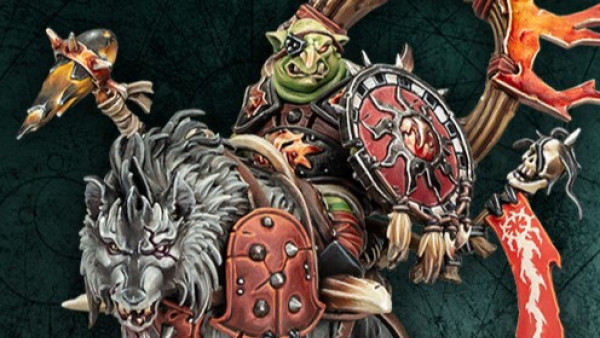
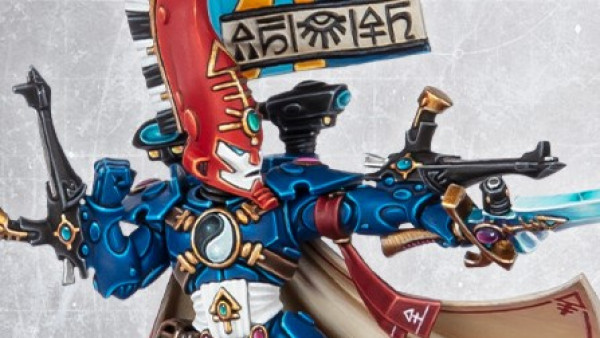
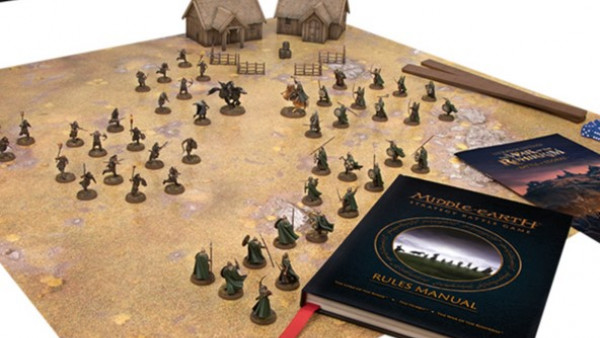



























Leave a Reply